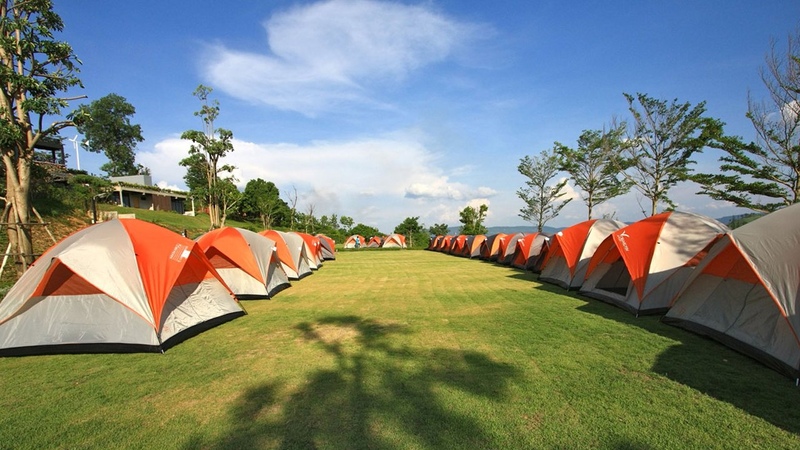Increasing outdoor activity reduces the risk of nearsightedness
Children who participate in many outdoor activities and play sports will be less likely to be nearsighted. This is a reaffirmation of Dutch researchers in a recent study. Dr. Caroline Klaver of Erasmus Medical Center in Rotterdam shared with Reuters: “The lifestyle from childhood is much related to the occurrence of nearsighted symptoms. Do not participate in outdoor activities and do many tasks. The meticulousness will increase this risk.”
Although factors such as genetics, learning, working and reading in poor light environments are often viewed as the main causes of nearsightedness, recent research shows how to use time of young children can be the primary source of origin leading to this disease.

Erasmus researchers have watched 5,711 children in Rotterdam since birth in a long-term study. By the age of 6, these children were given a general health check and 2.4% were found to have nearsightedness.
The researchers used statistical techniques to analyze a range of factors, including the social and economic aspects of the family, race, lifestyle and educational attainment of parents and children’s activity and any relationships between these factors and the child’s ability to have nearsightedness.

The team found that nearsighted children had less time to participate in outdoor activities, had lower vitamin D levels, higher body mass index and less sport than those who were not nearsighted. . Although factors such as gene, mother’s education and low family income also have an impact on myopia, according to researchers, factors related to lifestyle dominate most these risks.
“Different ethnic groups have a different rate of nearsightedness, which is often attributed to the fact that genetic factors may actually be It is because of the difference in lifestyle, new research and recent works show that spending time on outdoor activities is effective in preventing myopia at a very young age, from three to six years old. “Doing too much chores like reading and using handheld devices can be a risk.”


